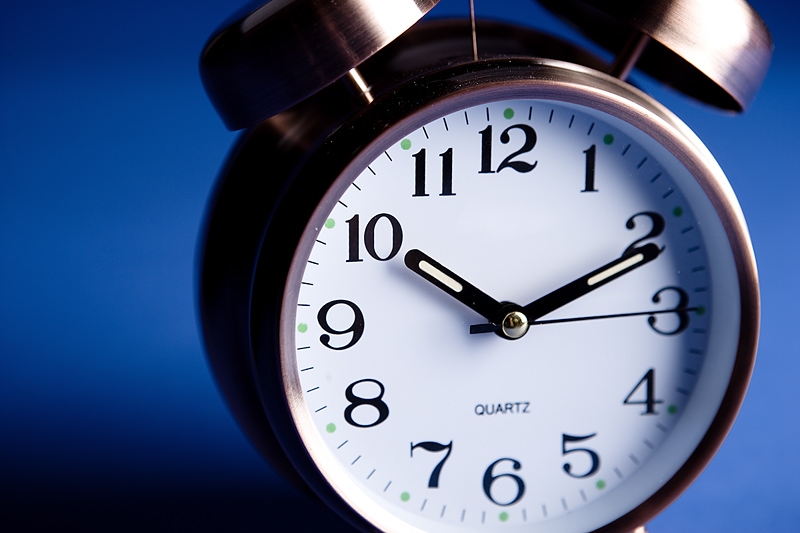I directed thirty-five musicals and 17 plays for Mitchell High School, starting in school year 1984-85 and ending in school year 2017-18. I said the same thing to the kids before every performance; have confidence, slow down, project your voice, cheat out (so you can be seen by the audience), listen to the other actors instead of just waiting to say your lines, don’t “dance” (plant your feet and stay in one place when speaking) and whatever you do, whatever happens – just keep going because the audience doesn’t have a script and they don’t know we messed up unless we let on that we have. The students who had been in multiple plays and musicals in their high school career would ask me, “Why do you say the same thing over and over and over again?” I would answer, “Because it’s good advice, it will make a better performance and despite the fact you think you know it all – nerves get in the way, so a reminder is a good thing.”
Just as I would repeat myself to the thespians at MHS, I’m going to repeat myself about daylight saving time. Daylight saving time, I hate it. Every year I rail against it. Every year I make excellent points and every year I’m right. Every year we do the same stupid thing, “spring forward and then fall back”.
Daylight Saving Time (DST) began as “War Time” during World War One. Farmers worked when there was daylight and on their own schedule so what the clock on the wall said really had nothing to do with their efficiency. However, resources for electricity – where there was electric power in 1917 – were conserved by moving to War Time. In addition, some workplaces still relied on natural sunlight so this time change would help their productivity as well.
Daylight Saving Time now begins the second Sunday in March and Standard Time commences on the first Sunday in November. It begins at 2am. Why? The reason is this, when War Time was introduced in World War One the trains didn’t run at 2am and so a time change wouldn’t impact train schedules. That was important because trains were the equivalent of rail service, trucking and airplane flights of today combined back then. The disruption would have been unacceptable. Now we live in a 24/7, 365 kind of world but we still adhere to the 2am change because of the train schedules of more than a century ago.
Daylight Saving Time has been changed from time to time. DST used to start the last Sunday in April and Standard time resumed on the last Sunday in October. From January of 1974 to April of 1975 the nation adopted DST as the year-round standard. Parents complained about kids going to school in the dark and the construction industry complained about cars hitting their employees on the road in the early morning hours. The schedule was eventually changed to the current timetable, in part, to reduce violent crime, decrease accidents and conserve energy. Studies show DST hasn’t accomplished any of those things.
There are other studies about the negative impacts of DST. A Finnish study found a marked increase in strokes correlated to the time change. A Michigan study found that the frequency of heart attacks soared 25% on the Monday after the time changes. Various studies have found that we don’t change our energy use based on what time it is. When it’s dark we turn the lights on, whether it is in the morning or evening hours – our schedule is our schedule regardless of whether it is DST or Standard time.
The US Senate passed a bill in 2022 that would have made DST permanent. The House refused to pass it. A bipartisan group of twelve Senators has reintroduced the same bill in recent weeks. I’m not a radical on the issue. I do agree with the Senate, but I disagree with an alternative concept that has been floated in some quarters around the world. It’s called “Universal Time”.
Alan Jackson has a song based on the popular trope, “It’s Five O’clock Somewhere”. That’s a reflection of the various time zones (a total of 24 for 24 hours in a day) that exist in the world today, so it literally is five o’clock somewhere on Earth. Universal time would make it five o’clock at the same time all over the world. Just as it is March all over the world but summer in Australia but winter here in South Dakota, five o’clock in the “afternoon” would mean different things (night or day) depending on where you were in the world with universal time, nevertheless it would be five o’clock everywhere on Earth at the same time. That’s a bit crazy, if you ask me.
By the way, in case you think I’ve been in error this whole column, it is officially Daylight “Saving” NOT “Savings” Time. One of my favorite Native-American sayings sums up this situation quite well. It goes like this, “Only a white man would believe you could cut a foot at the top of the blanket, sew it onto the bottom of the blanket and you’d be left with a longer blanket.” We have electricity. We live in a 24/7 world. We no longer are ruled by the tyranny of sun rise and sun set. It’s time to quit springing forward and falling back and just let time march on.


